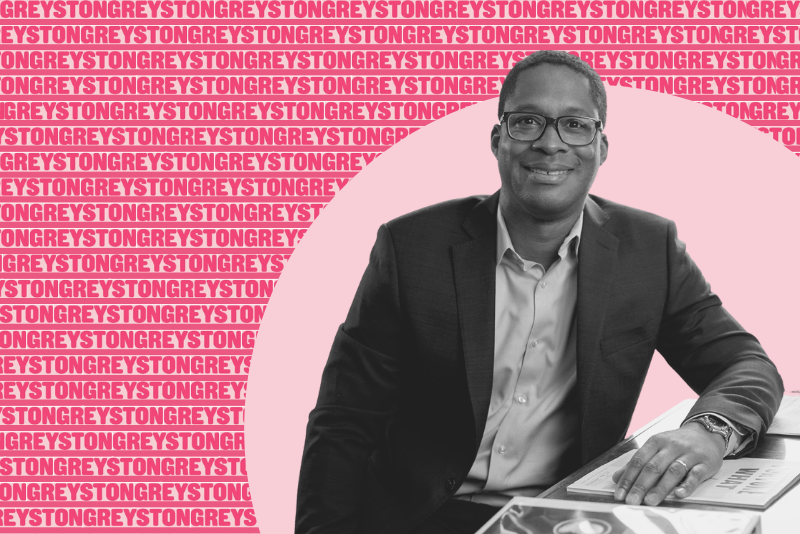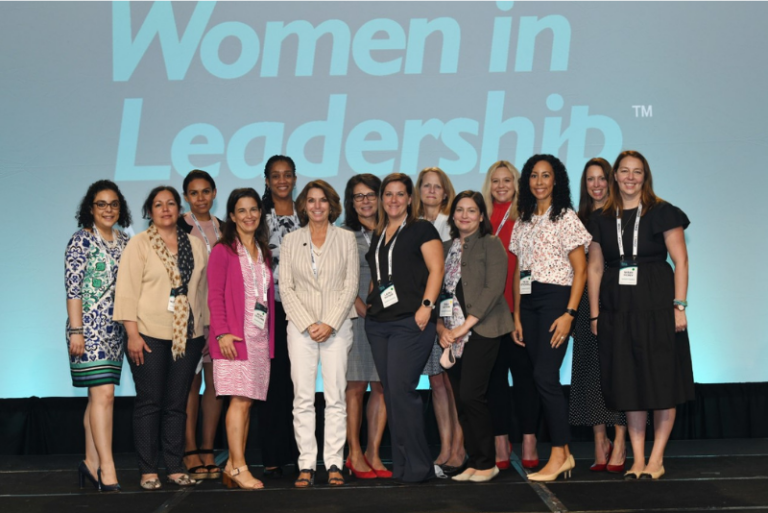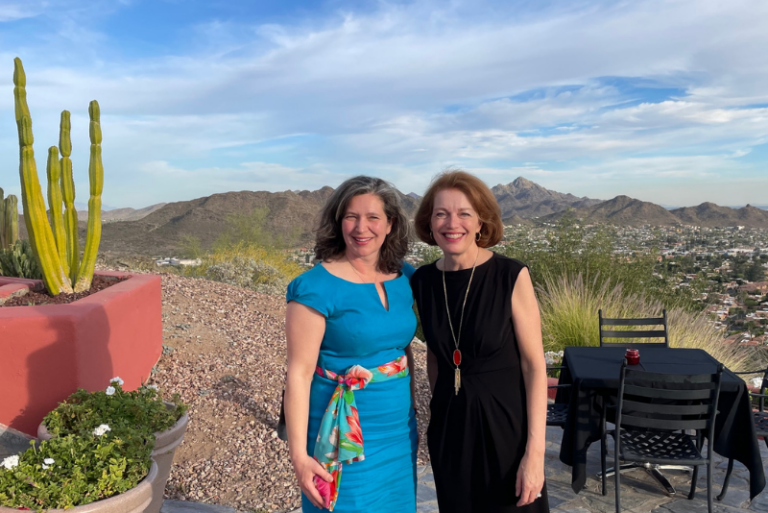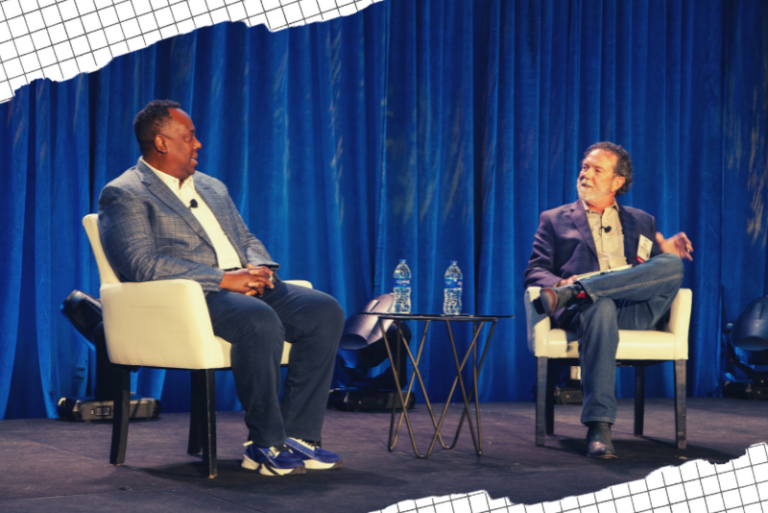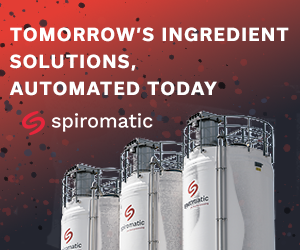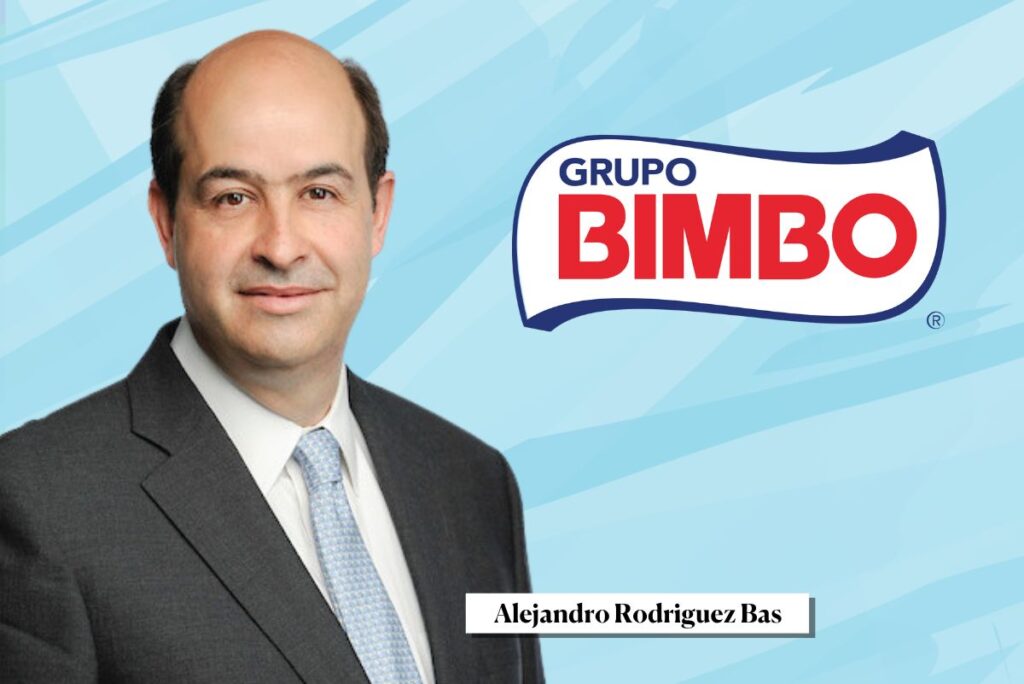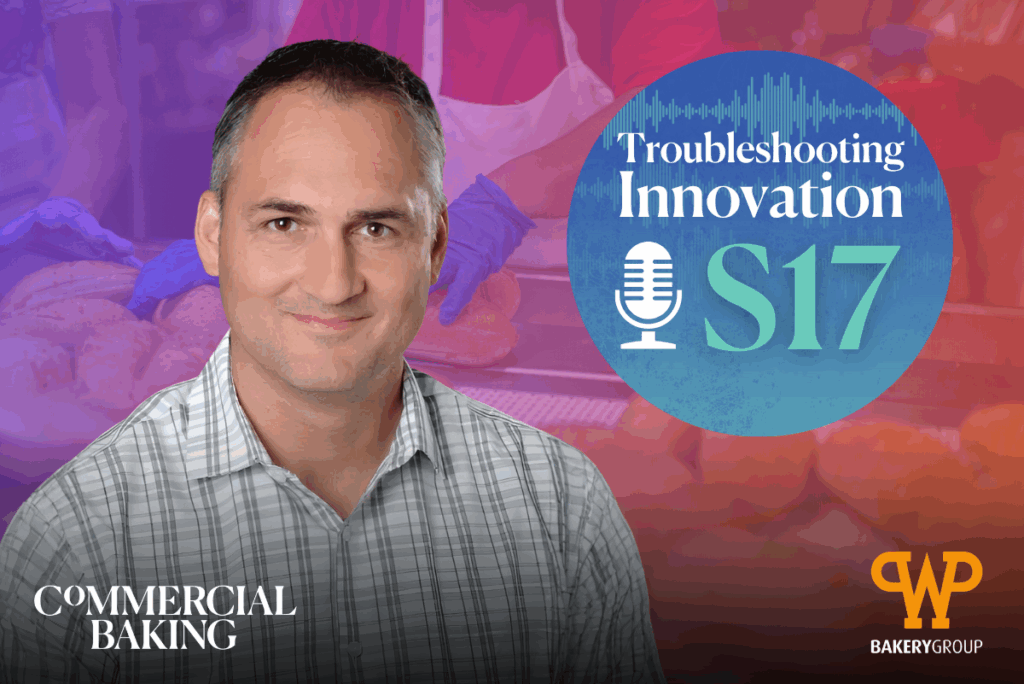“These are people who were once deemed unemployable, and now they’re essential,” he said. “They were working at a time when 20 million of their fellow citizens were out of work. They all showed up, and it was a record year for our production.”
For Kenner, it’s a testament to the Greyston mission. The brownies, he said, are the means to what founder Bernie Glassman wanted to create.
“Greyston wasn’t founded on a product, per se,” Kenner said. “Glassman founded it on the idea of giving people hope. So, I’m constantly trying to bring people back to why this company exists: There are people who want to work but can’t. They’re blocked because of their history, whether they’re formerly incarcerated, homeless, a single parent, battling substance abuse or what have you. But they have a strong work ethic despite their barriers.”
Looking at workforce through a lens of humanity could likely be the key to solving the crisis currently plaguing the industry. Kenner doesn’t see a “Great Resignation.” Instead, he sees a mass reassessment.
“If COVID has taught us anything, it’s that the leadership playbook is done,” he said. “We need something new. Where are we looking for talent, and how are we hiring them? Greyston has been doing this for 40 years. It’s not something we just thought of; we know it works.”
But for Kenner, hiring is only the first step. What happens after a worker walks into the bakery is up to its leadership. Kenner’s goal is to move people “up” or “out.”
That means by working at the bakery — or participating in Greyston’s workforce development program — a person can develop transferable skills for a promotion or employment elsewhere.
“I’m probably the only CEO that thinks it’s a good thing when people leave,” Kenner said. “We have a foundation that provides training for hard and soft skills, and we have partners who know when they get someone from Greyston, the person has been trained and they’re ready to work. It’s about inclusive hiring, but it’s also about inclusive employment.”
There’s a business case for open hiring when ROI means something more than the balance sheet. Inside the labor gap lives the underrepresented — such as people of color, disconnected youth or those with criminal records — many of whom rely on public assistance.
“That comes with a cost,” Kenner said. “It’s financial costs for taxes and lost revenue, and it’s also a loss of productivity. Companies have big challenges in hiring people: If you can’t hire people, you can’t get product out the door. That’s lost tax revenue and lost economic development. But if you just look in some of these other places, you can get a percentage of these people into the workforce.”
Just look at employment partners like The Body Shop. The company adopted the open hiring model, first at its distribution centers, then globally to its retail operations, and the turnover rate cut by two-thirds. The productivity has increased by 13%.
Since joining Greyston, Kenner has seen open hiring strengthen employee retention. The company’s turnover was just over 30% and has been on a steady decline for five years. He chalks it up to purpose-driven loyalty.
“Purpose is built into what we do,” he said. “We don’t hire people to bake brownies. We bake brownies to hire people. When everyone else said no, we said yes.”
This story has been adapted from the April 2022 Q2 issue of Commercial Baking. Read the full story in the digital edition here.

